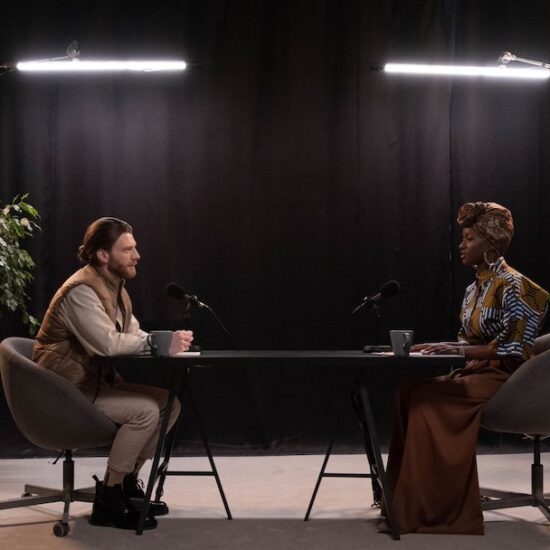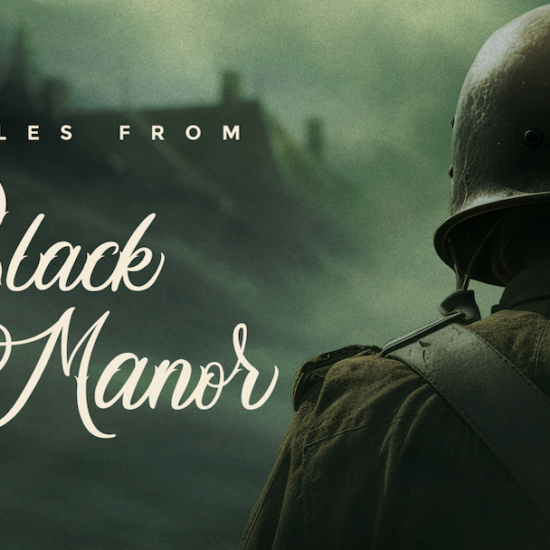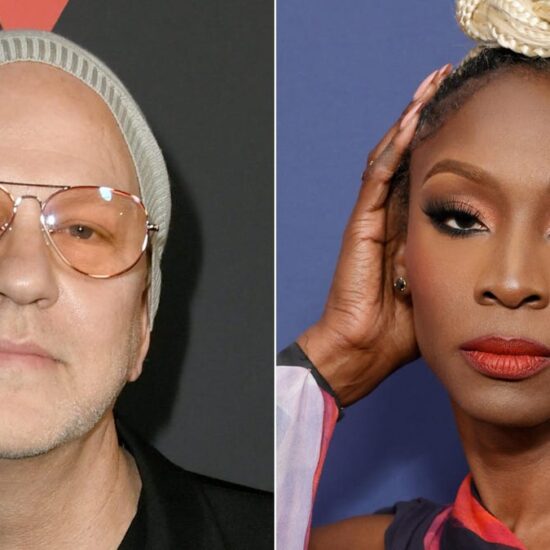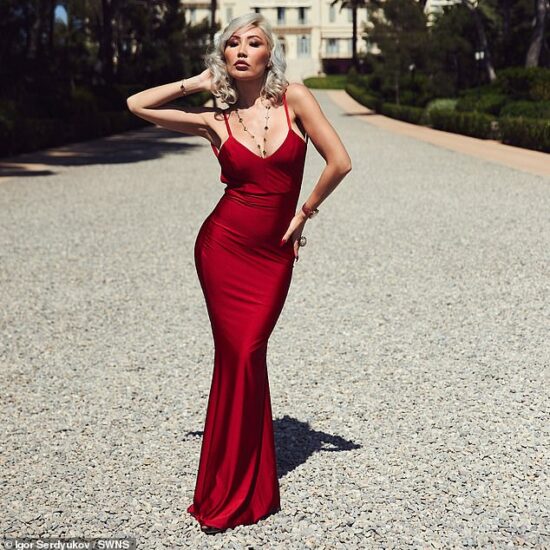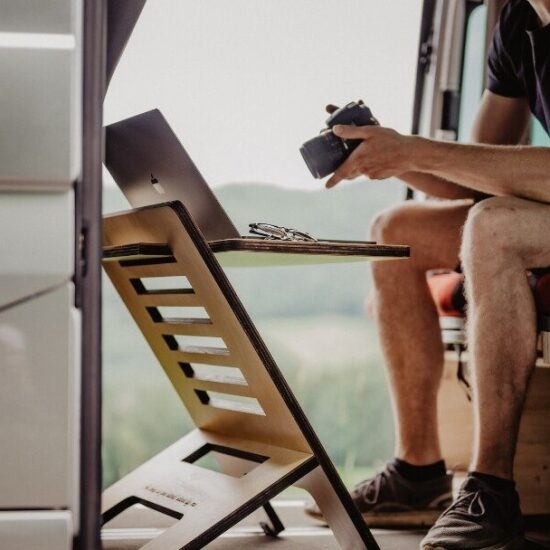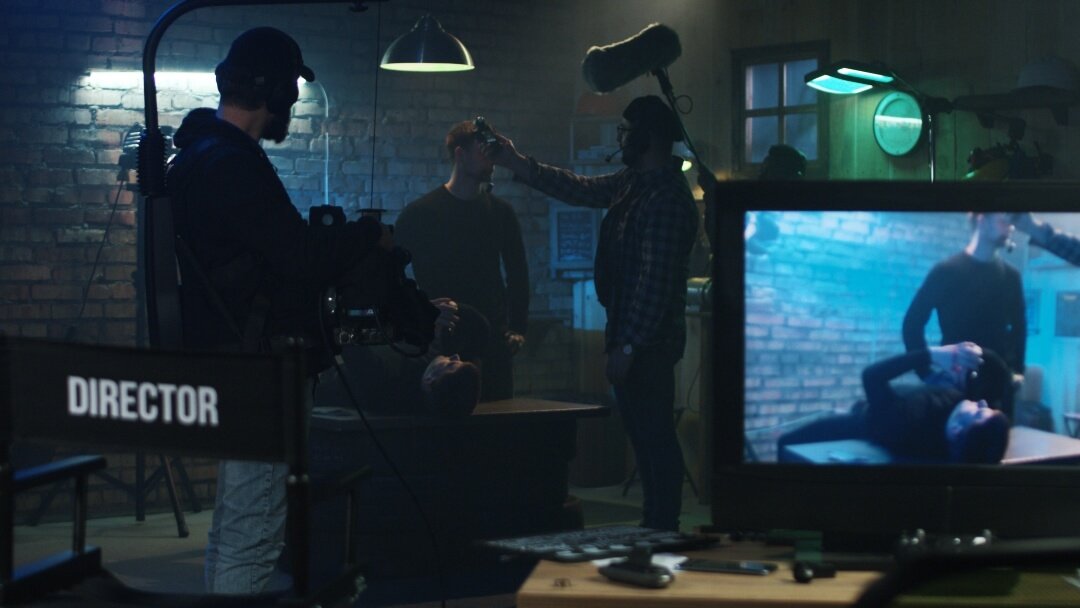
Being an independent filmmaker comes with many challenges studio-backed projects don’t face. One of the most common is creating a seamless aesthetic with a tight budget and deadline.
Here are five tips for creating a unified aesthetic to help you compete.
1) Consistent Exposure
Exposure is the amount of light you allow to hit your photosensors when shooting a scene. As a cinematographer, your chosen exposure level is at your discretion but should be consistent throughout your film.
You might hear complaints about studio films being “too dark” now. Exposure is a large part of why. Many directors are choosing to decrease their exposure to give their movies a more realistic and gritty look. Meanwhile — like many Wes Anderson films — bright aesthetics are achieved in part through overexposure.
Though tone and lighting can change throughout your movie, keeping your exposure consistent helps your scenes flow together. Constantly changing it could distract your audience.
2) Tone-Based Color Palettes
One thing you can change from scene to scene is your color palette. Use colors that blend well together — unless you want a particular character or prop to stand out.
In Disney’s animated classic Beauty and the Beast, the film opens in a village with an earth-tone color palette. Clays, greens and browns are on the shops, streets, and in all but one outfit. The filmmakers dress Belle in blue, contrasting with the rest of the scene. Regardless of the chaos happening in the village, your eyes follow her through the opening song. That’s the power of a solid color palette.
You can also use color to convey the tone of a scene. A funeral shouldn’t have bright, cheery colors, and a lighthearted road trip shouldn’t look cold and uninviting. Use color, lighting and exposure to get the palette you want, but don’t forget color grading.
Color grading is essential to the editing process and is why films often look much more vibrant than the locations they shoot in. Use editing software to get the colors to pop, making the scene look much different without distorting the images.
3) Era-Specific Props
All films are set in a period, whether fact or fiction. Be careful with your shots to ensure they match your goal. Consider what colors, decor and technology fit your desired aesthetic to immerse your audience in the setting.
A slight mistake can be all your viewers notice. You might remember the infamous Starbucks cup from Game of Thrones’ eighth season. Don’t let your movie have the next infamous prop. If your film is supposed to be in the 1970s, keep all iPhones, smart televisions or air fryers out of the scene.
If your movie takes place in a fictional setting, consider what works with the culture you created. For example, take the Munster Koach from The Munsters. The car is a combination of three Ford Model T bodies with a red interior, black paint job and a monstrous appearance. Small details like this can make your aesthetic much more cohesive.
4) Seamless Depth of Field

Your depth of field is an excellent tool for creating exciting shots almost anywhere. A shallow depth of field blurs the background while keeping your subject in focus. The technique creates bokeh, which is an effect beloved by many filmmakers.
Use a lens with a low f-stop to achieve the look. The f-stop is your camera’s light-gathering ability calculated by dividing the focal length by the diameter of its entrance pupil. The higher your f-stop, the crisper your image will be and it will blur as you move it down. For a significant bokeh effect, you’ll want to go below 2.0.
However, the lower you go, the harder it is to keep your subject in focus. Keep it relatively consistent and avoid doing an intense bokeh all the time. Using it correctly can help your film stand out.
5) Tracking Shots
Tracking shots are excellent for establishing your scene or transitioning between scenes. They involve slowly moving a camera from one side of your frame to another, rotating around a set, or zooming in or out in the same shot. It lets your viewers get used to a new color scheme, tone or lighting setup.
Stabilization is critical to these shots. You can use a warp-stabilizing effect in your editing in a pinch, but that should be your last resort. Shaky cam has its place in movies, but orienting your audience is hard to do if the shot bounces around. The right tripod keeps your camera steady. You can get a smooth picture with a gimbal if you want more movement.
Get creative with your tracking shots to prevent your audience from getting bored of them. They’re not just for transitions — they’re also great for car chases, moving fight scenes and anytime you want your audience to feel like they’re in the action.
Creating a Unified Aesthetic
The aesthetic you choose for your film can change how critics and viewers receive it, so don’t take it for granted. Use these tips to take your independent film from ordinary to extraordinary.










